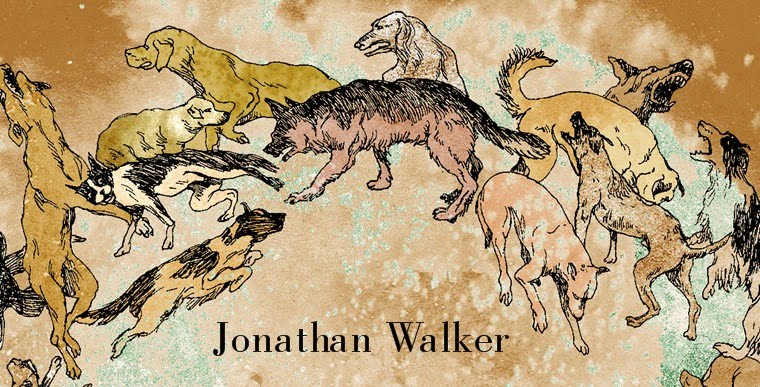I am currently working on a new photography project: my first using a large-format camera since 2005. It depicts Glasgow University creative writing students with their notebooks, in the setting of the university’s Hunterian Gallery. I wanted to use a large-format camera in order to retain resolution in the text on the notebook pages, which occupy a relatively small area in the composition, but are its literal point of focus. The theme is of ‘Developing Writers’, and it seemed appropriate to use analogue technology to depict the similarly analogue character of handwritten notebooks by writers in the process of revising themselves as well as their final portfolio submissions.
I found this project very challenging on a technical level, for reasons that would not be appropriate to explain at length in a general discussion of the images, but which I’d like to review here, if only for my own satisfaction.
First of all, I was out of practice with the large-format camera. That’s like being out of practice at running: it takes time to recondition your body to work within the machine's protocol. Secondly, I have never developed my own negatives before. I’ve always made my own prints in a wet darkroom, but for previous projects I shot away from home, and I had the negatives developed by someone else. This wasn't really an option here in Glasgow, and it took me quite a while to get the hang of this part of the process. Numerous fogged or stained films bear witness to my difficulties. Thirdly, the light levels in the Hunterian are low, and the light is also very flat. Using the slow lenses of a large-format camera, the best aperture / shutter speed combination I could get was f8 and 1/15 of a second, even on a 400ASA film pushed one stop to 800. That’s very slow for a portrait, and even at f8, the depth-of-field on a 210mm lens was often only a few centimetres.
I focussed on the handwriting on the notebook pages, but I often couldn’t see clearly enough on the ground-glass screen to get critical focus, or alternatively the sitter moved a few centimetres before exposure, or the paper shifted very slightly during the exposure (sometimes it was 1/8 of a second; occasionally 1/30). Any of these variations was enough to fuzz out the letter shapes on the notebook page, and the human eye has no tolerance for fuzzy typography. Whereas a face can be slightly out of focus and still seem natural, any loss of sharpness in written letters looks ‘wrong’.
In addition to this, the resolving power of my 210mm portrait lens is not as great as I would like. My 90mm wide-angle has much superior optics, but isn’t great for portraiture. I also used a Fuji 6 x 9 as a backup camera, which does have a great lens, and a convenient rangefinder focussing mechanism. I sometimes found that the resolution on the notebook pages was better on the smaller negative of the 6 x 9 than on a large-format negative from the 210mm.
These are all technical problems, but, even assuming that I managed to resolve them all, which I did on maybe one in three negatives, that simply established the preconditions for a successful portrait. Success depends on capturing an interesting psychological truth or moment from the sitter, and I am a very poor director of people.
I was helped in this by the presence of Katy Hastie during most of the sessions. During the set-up, she talked to sitters about her side of the project, which involves a questionnaire and discussion of creative-writing pedagogy.
I would set up the camera to determine the edges of the frame, and then place the sitter within that space. Katy compared the second phase to being at the opticians (‘Left a half-step, right a quarter step, notebook up ten centimetres, face turned slightly to your left; now hold that while I put the darkslide in the camera back’). Of course, from my point-of-view all those directions had to be given while viewing the image upside-down and back-to-front.
The really crucial elements in a portrait are facial expression and body language, and the sitter had to discover those while trapped in the vice of the technical limitations.
I expect to get 8-10 successful photographs from about 75 sheets of large-format film and 30 or so rolls of 6 x 9 film. That failure rate is more or less consistent with previous projects. Since I’m not a professional photographer, the only edge I have is in my willingness to edit ruthlessly.
Samples to follow on Flickr.

No comments:
Post a Comment